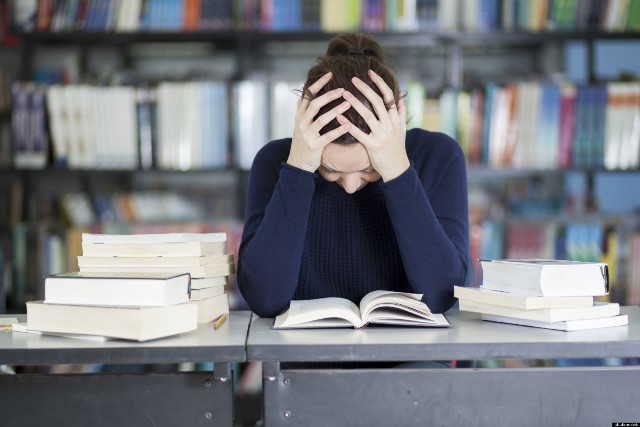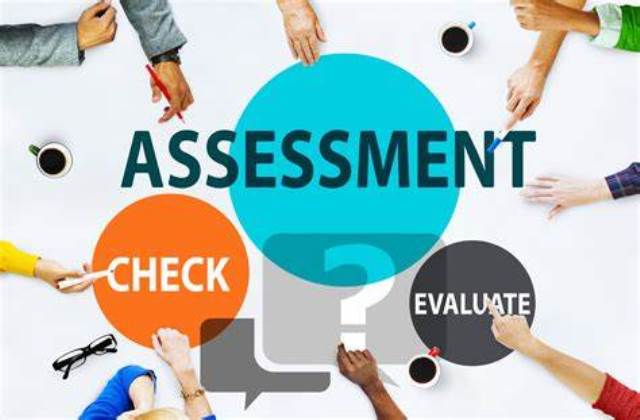For Parents
Understanding the fine line Between Anxiety and Academic Burnout in Students
Admin Aug 07, 2023 10:49 AM

TAGS
The modern educational landscape places tremendous demands on students, often leading to psychological challenges that can affect their overall well-being. Two common experiences among students are anxiety and academic burnout, both of which have distinct characteristics and impacts. This blog delves into the differences between anxiety and academic burnout, shedding light on these two intertwined yet unique phenomena that can significantly impact students' lives.
Anxiety in Students: Anxiety is a pervasive emotional state characterized by feelings of apprehension, worry, and unease. In the context of education, students may experience different forms of anxiety, such as test anxiety, social anxiety, or generalized anxiety related to academic performance. Here are key features of anxiety in students:
- Physical and Psychological Symptoms:
- Physical manifestations can include rapid heartbeat, sweaty palms, muscle tension, and gastrointestinal discomfort.
- Psychological symptoms often encompass excessive worry, racing thoughts, difficulty concentrating, and irrational fears related to academic success.
- Specific Triggers:
- Anxiety is often triggered by specific situations, such as upcoming exams, presentations, or academic challenges.
- It can also be triggered by social interactions, the fear of failure, or concerns about meeting others' expectations.
- Focus on Future Outcomes:
- Anxiety tends to revolve around future-oriented thoughts, focusing on potential negative consequences and what-ifs.
- Students with anxiety may constantly worry about not meeting academic goals or disappointing themselves and others.
- Response to Stressors:
- Anxious students may exhibit avoidance behaviors, procrastination, or seeking reassurance from peers or teachers.
- They might engage in perfectionistic tendencies as a way to alleviate anxiety, often setting unrealistically high standards.
Academic Burnout in Students: Academic burnout is a state of physical, emotional, and mental exhaustion that results from prolonged exposure to chronic stressors, often related to academic pressures. It can manifest when students feel overwhelmed by the demands of school and experience a sense of depletion. Here are defining characteristics of academic burnout:
- Physical and Emotional Exhaustion:
- Burnout leads to a state of constant fatigue, both physically and emotionally, making even minor tasks feel insurmountable.
- Students experiencing burnout might feel emotionally detached, cynical, and increasingly distant from their studies.
- Lack of Motivation:
- Academic burnout often results in reduced motivation, making it challenging for students to engage with their studies or perform at their best.
- A once-passionate student may become disinterested and find it difficult to find meaning in their academic pursuits.
- Reduced Efficacy:
- A key aspect of burnout is a diminished sense of personal efficacy or accomplishment.
- Students may feel that their efforts are in vain, leading to a decline in their self-esteem and self-worth.
- Long-Term Stressors:
- Burnout typically develops gradually as a result of ongoing and chronic stressors, such as excessive workload, unrealistic expectations, and lack of sufficient support.
Key Distinctions and Overlaps:
While anxiety and academic burnout are distinct experiences, they often intersect and influence one another. For instance:
- Anxiety Can Lead to Burnout: Prolonged anxiety and chronic stress can eventually contribute to academic burnout. Constant worry and pressure may lead to emotional exhaustion and reduced motivation over time.
- Burnout Can Aggravate Anxiety: The emotional and physical toll of burnout can exacerbate anxiety symptoms, amplifying feelings of worry and unease.
Understanding the nuanced differences between anxiety and academic burnout is essential for educators, parents, and students themselves. While both experiences are valid and can significantly impact students' lives, they require distinct approaches for management and support. Creating a compassionate and empathetic school environment that addresses these challenges and promotes mental well-being is crucial. By recognizing the signs, offering appropriate resources, and fostering open dialogue, we can help students navigate the complexities of academic pressures while promoting their overall growth and success.
Search
Latest Blogs

Exploring Opportunities in Emerging Engineering field
Admin
Dec 14, 2024 05:18 PM

Navigating College Majors
Admin
Sep 25, 2024 04:04 PM

Tools for Measuring Strengths For Career
Admin
Sep 25, 2024 03:27 PM
Interested in getting latest updates?
SUBSCRIBE


















